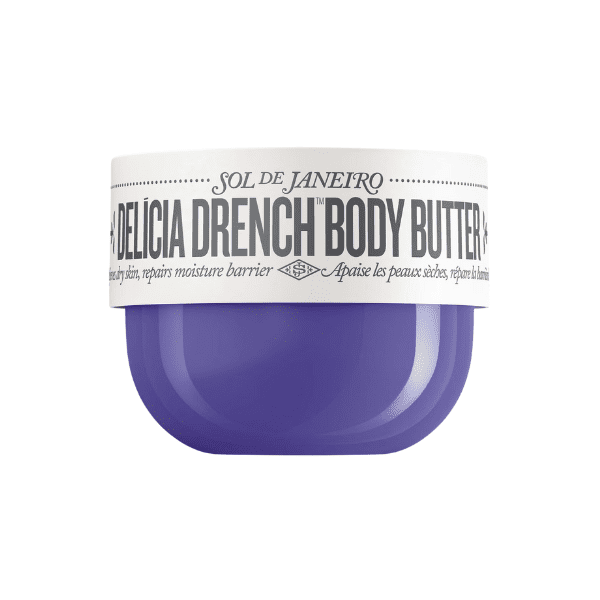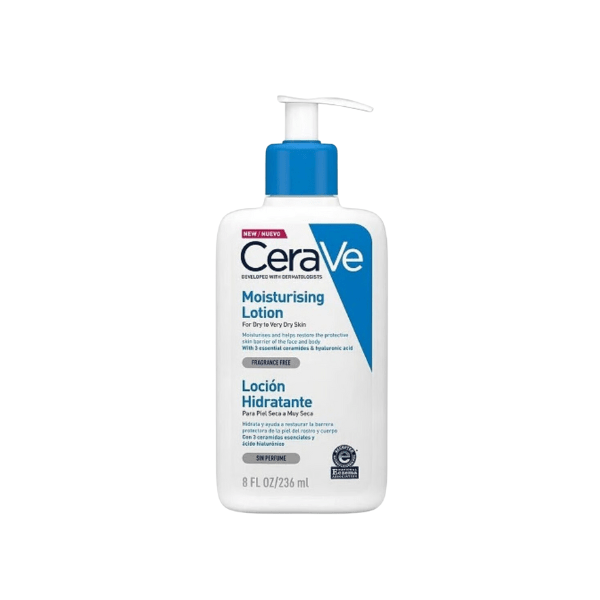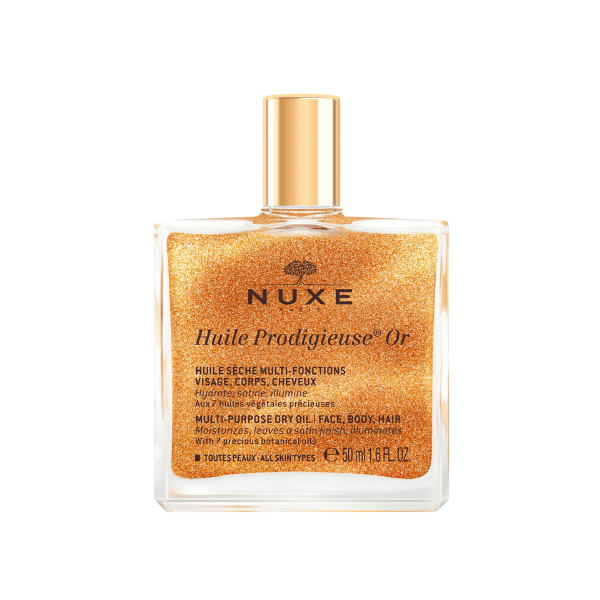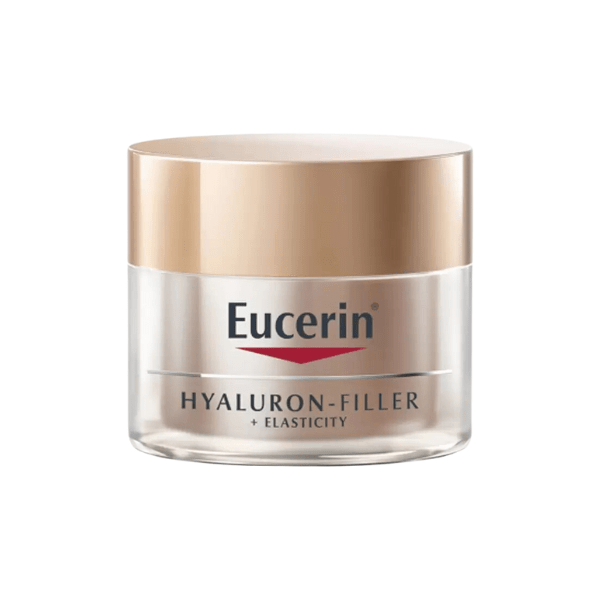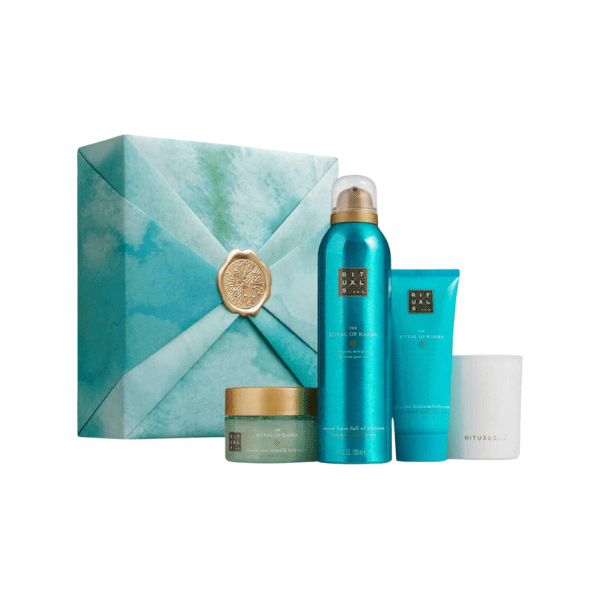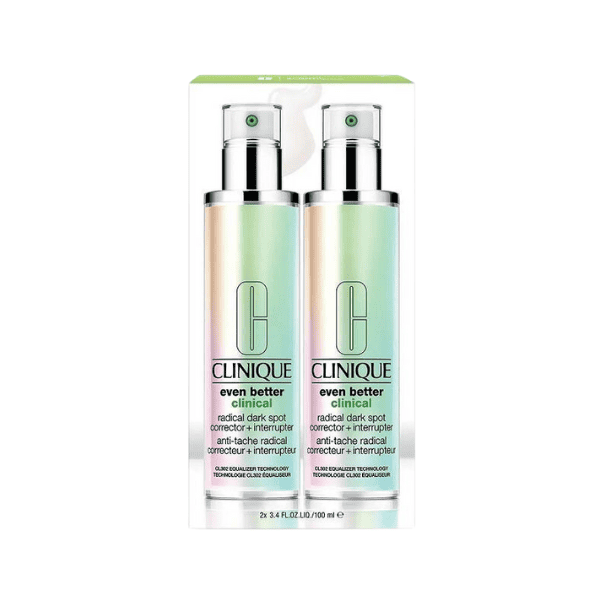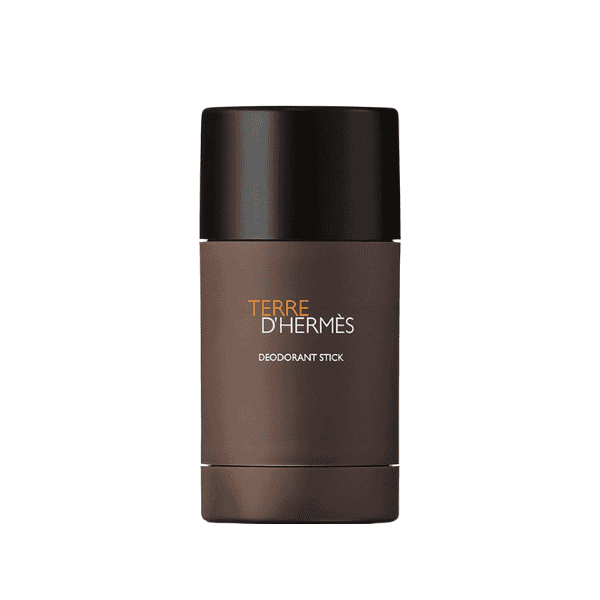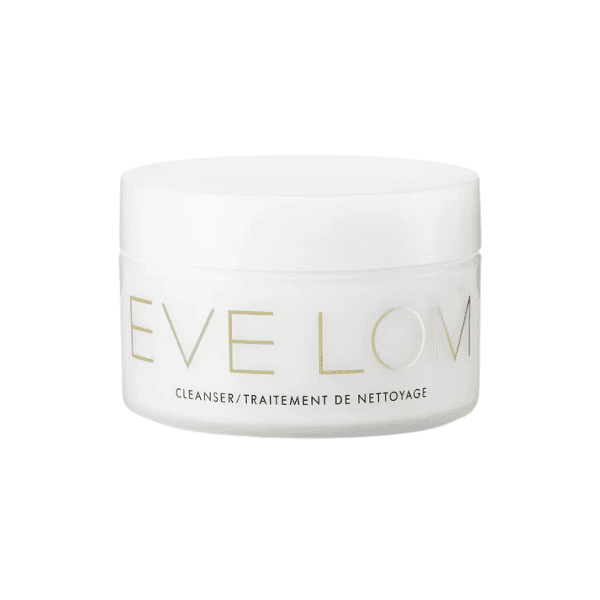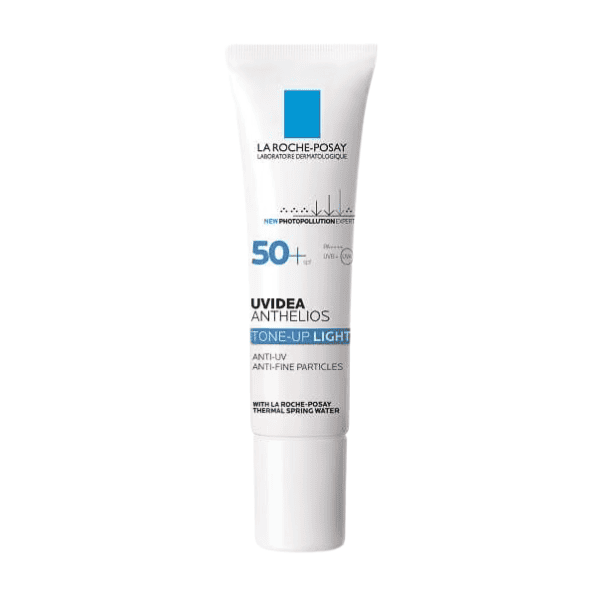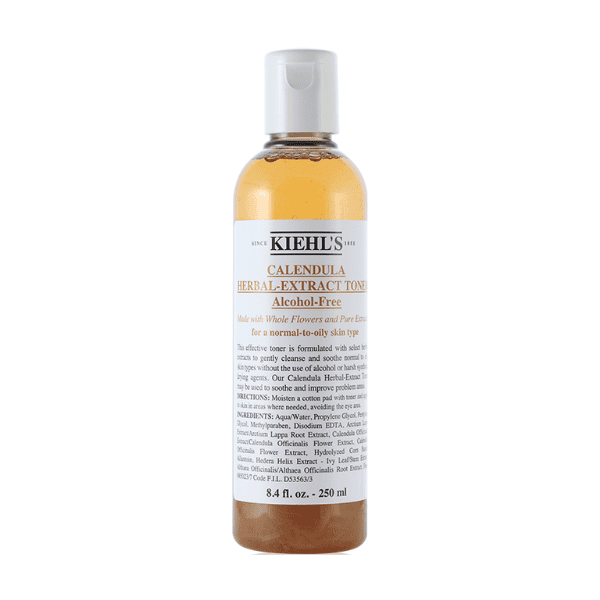Skincare Ingredients To Avoid During Pregnancy and Safe Alternatives
Let’s be honest—pregnancy changes everything. Your cravings, your sleep schedule, and yes, even your skin. Some moms-to-be glow like a filtered selfie, while others are battling breakouts, dryness, or pigmentation that seems to pop up overnight. And just when you think you’ve found a miracle serum? You flip the bottle and spot the words retinol or salicylic acid. Cue the panic Googling.
Your skin needs extra TLC during pregnancy—not just to look good, but to stay safe for you and your baby. Certain ingredients in everyday skincare can be absorbed into your bloodstream and, in some cases, affect your little one. That’s why it’s so important to know which ingredients to avoid—and what you can confidently swap in instead.
This guide breaks it all down. First, we’ll look at ingredients to avoid during pregnancy. Then, we’ll explore pregnancy-safe alternatives that’ll keep you glowing from bump to toe.
3 FREE Perfume Samples
We’ve recently created a Whatsapp group for beauty enthusiasts like you! To grow this community we temporarily offer 3 free perfume samples when you join!
Make sure to join asap, we’re running out of free samples soon! After joining, you can place an order and claim the random free samples.
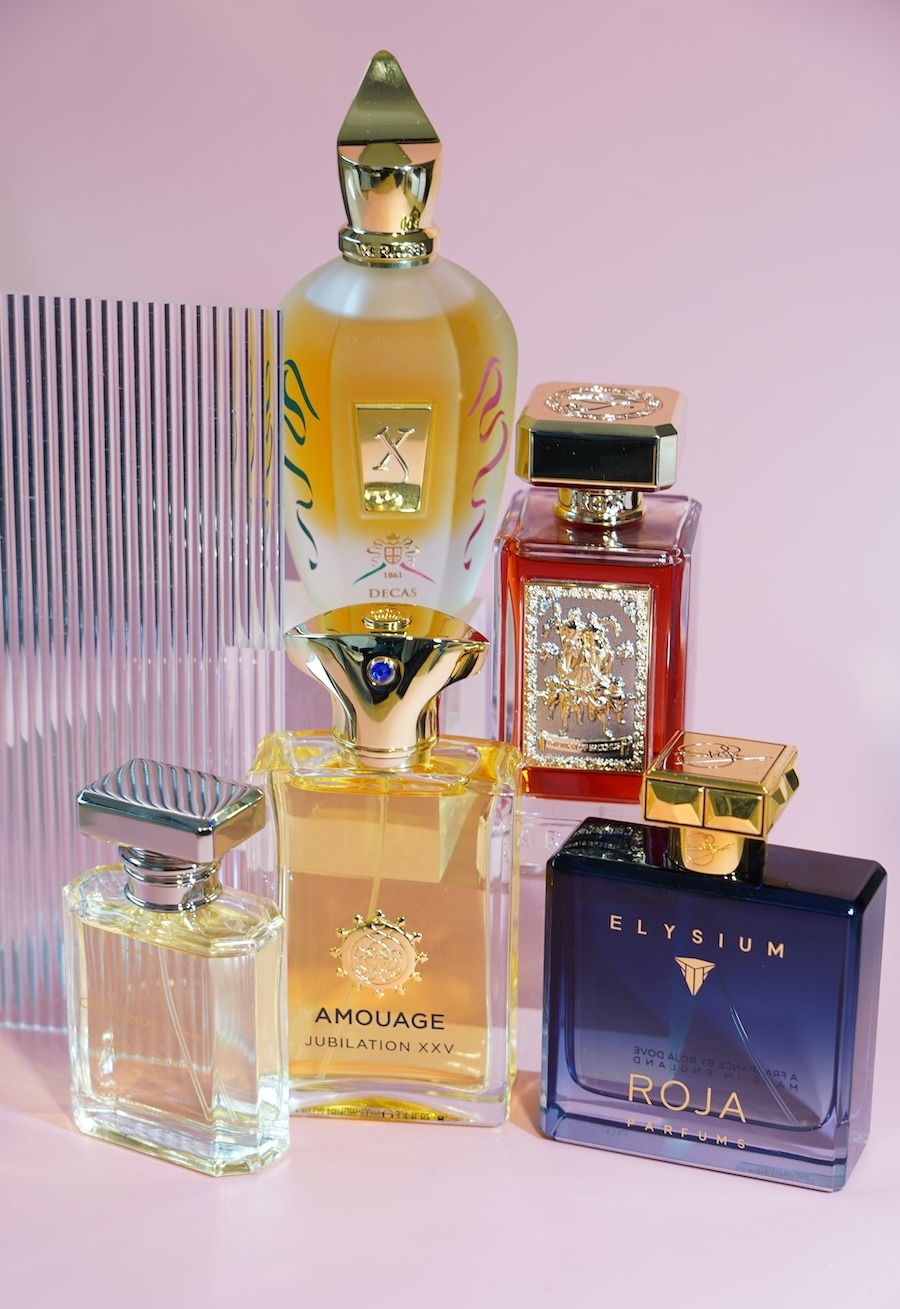
Skincare Ingredients to Avoid During Pregnancy (and Why They’re Risky)
1. Retinoids (Retinol, Retin-A, Tretinoin, Isotretinoin)
Retinoids are vitamin A derivatives that speed up cell turnover, reduce fine lines, and fight acne. Sounds great—until you’re pregnant. High doses of vitamin A, especially in oral forms like isotretinoin (Accutane), have been directly linked to birth defects. Even topical retinoids can absorb into the bloodstream, albeit in smaller amounts.
Pro Tip: Bakuchiol offers similar skin-renewing benefits without the risk. It’s gentle, plant-derived, and baby-safe.
2. Salicylic Acid (High Concentrations)
This beta hydroxy acid (BHA) is a staple for acne-prone skin. But in high doses (like in peels or leave-on treatments), salicylic acid acts similarly to aspirin—which is a no-go during pregnancy, especially in the third trimester.
3. Benzoyl Peroxide
Benzoyl peroxide is often used in acne products because it kills bacteria. While some sources say it may be okay in small doses, there’s limited research on its safety during pregnancy. It’s considered a “Category C” ingredient—meaning animal studies have shown risk, and there’s not enough human research. Translation? Better safe than sorry.
Pro Tip: Sulfur or low-dose glycolic acid are safer alternatives for spot-treating blemishes.
4. Hydroquinone
This powerful skin-lightener is often used to treat melasma (also known as ‘pregnancy mask’) and hyperpigmentation—two common pregnancy skin concerns. However, hydroquinone is absorbed at much higher rates than most topicals. Studies show it can be absorbed into the bloodstream at rates as high as 45%, and there’s not enough safety data to ensure it won’t impact fetal development.
5. Chemical Sunscreens (Oxybenzone, Avobenzone, Octinoxate)
These filters absorb UV rays and convert them into heat. Unfortunately, some—especially oxybenzone—are known endocrine disruptors, meaning they may interfere with hormones. Oxybenzone has been linked to low birth weight and developmental issues. Plus, it’s not great for the environment either (hello, coral reefs).
Pro Tip: Choose mineral sunscreens with zinc oxide or titanium dioxide, which sit on top of the skin and physically block UV rays.
6. Parabens
These preservatives are used to prevent mold and bacteria in cosmetics. But they mimic estrogen and can disrupt your natural hormone balance. Some research suggests parabens may impact fetal development and reproductive health later in life.
Pro Tip: Look for paraben-free labels and products that use natural preservatives like ethylhexylglycerin.
7. Phthalates (Especially DEP – Diethyl Phthalate)
Often hidden in the word “fragrance,” phthalates make scents last longer. But they’re not so sweet underneath the surface. Phthalates are linked to hormonal disruption and developmental problems in male fetuses. Yikes.
8. Formaldehyde
This is found in some hair treatments, nail polishes, and eyelash adhesives. It’s a known carcinogen and can also increase the risk of miscarriage. It’s toxic whether inhaled or absorbed—and your developing baby is more sensitive to those toxins.
Pro Tip: Use formaldehyde-free nail polishes and skip salon hair straightening treatments until post-baby.
9. Certain Essential Oils (e.g., Rosemary, Sage, Jasmine, Clary Sage)
They smell heavenly and sound natural, but natural doesn’t always mean safe. Some essential oils can trigger uterine contractions or interfere with hormone levels. Oils like rosemary and clary sage may increase the risk of miscarriage or premature labor.
Pro Tip: Chamomile and lavender (in small, diluted doses) are generally considered safer, but always consult your OB.
10. Tetracycline (and Related Antibiotics)
This antibiotic is used to treat acne and infections. It’s effective—but dangerous during pregnancy. Tetracycline can inhibit bone growth and cause permanent yellow staining of the baby’s developing teeth.
11. Licorice Root Extract
Common in brightening products, licorice root can impact cortisol levels and blood pressure. Some compounds in licorice may interfere with hormone balance or increase the risk of preterm birth.
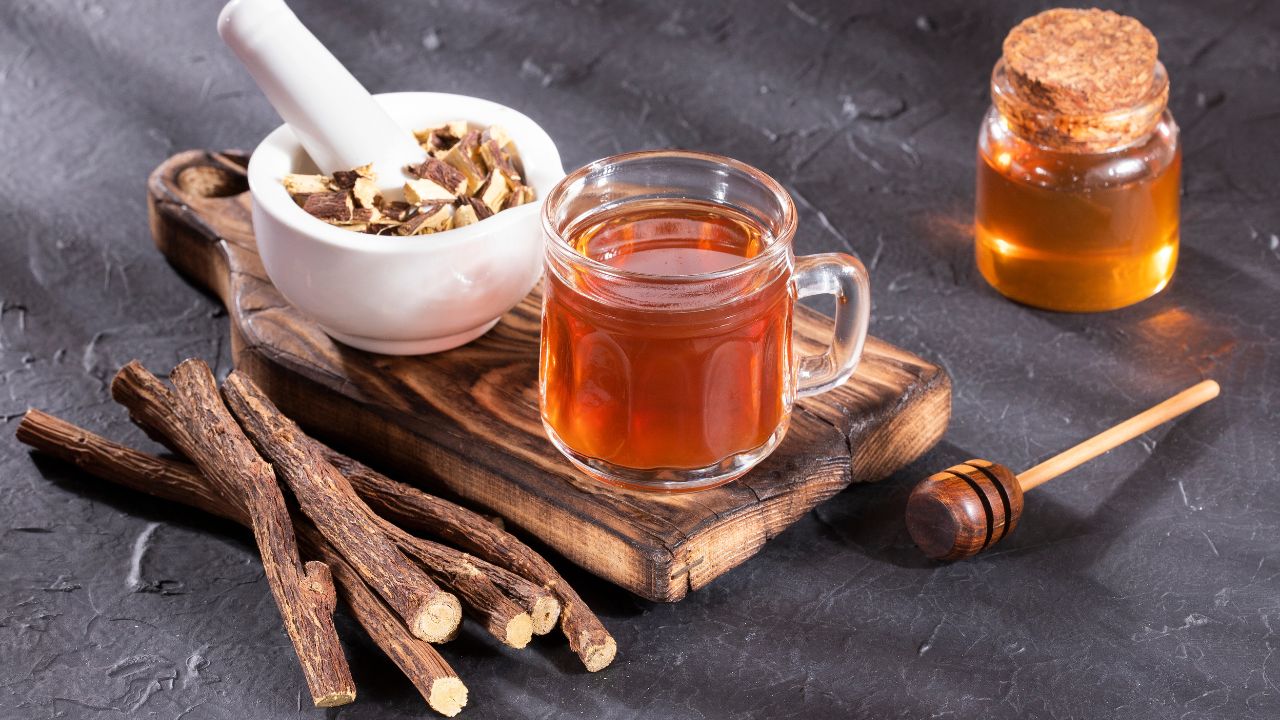
12. Tranexamic Acid
This trending ingredient tackles melasma, a common skin issue in pregnancy. But research on its safety during pregnancy is scarce. Due to its antifibrinolytic properties, it may pose a blood clotting risk when used systemically.
13. High-Dose Vitamin A (Including Oral Supplements)
Essential in small amounts, but dangerous in high doses. Over-supplementation of vitamin A has been linked to serious birth defects. Topical use also carries absorption risks.
Pro Tip: Stick to prenatal vitamins with pregnancy-safe dosages and avoid retinoid-rich topicals.
Top 10 Skincare & Bodycare products
Below you can find the most popular skincare products right now on Beautinow.com.
Pregnancy-Safe Skincare: What You Can Use for Glowing, Healthy Skin
1. Hyaluronic Acid – The Thirst Quencher
Why It’s Safe: Your skin can become dry and stretched during pregnancy, and hyaluronic acid is like a tall glass of water. It hydrates without penetrating too deeply or disrupting hormones.
Real Talk: Ever felt like your face was the Sahara desert after a night of pregnancy tossing and turning? A hyaluronic serum in the morning can make you feel alive again. Use it under your moisturizer for that plump, juicy skin effect.
Best Use Tip: Apply it on damp skin to lock in moisture—kind of like sealing a freshly watered plant with plastic wrap (except, like, way prettier).
2. Vitamin C – The Brightening Star
Why It’s Safe: Vitamin C is a potent antioxidant that helps fight dullness, dark spots, and hyperpigmentation—common culprits during pregnancy thanks to fluctuating hormones.
Real Talk: Over time, Vitamin C can help fade those dark patches gently and effectively—no need for harsh bleaching agents like hydroquinone.
Pregnancy Glow Bonus: It also boosts collagen, which helps your skin stay firm and bouncy. Think of it as prenatal yoga… for your face.
3. Niacinamide – The Soothing Multitasker
Why It’s Safe: Niacinamide is one of the few ingredients that seems to do everything—minimize pores, reduce redness, fade spots, and boost hydration. And yes, it’s safe for pregnancy.
Real Talk: Got angry hormonal breakouts one day, and dry flaky patches the next? Niacinamide’s like that calm friend who’s great in a crisis. It balances your skin without throwing it into chaos.
Fun Fact: It also helps regulate oil production—yes, even that surprise grease-fest on your third trimester forehead.
4. Azelaic Acid – The Acne + Glow Whisperer
Why It’s Safe: Azelaic acid is a derm-approved favorite for treating acne, rosacea, and hyperpigmentation. It’s naturally found in grains, and is considered safe for pregnant skin.
Real Talk: When your chin is acting like a teenager again (thanks, hormones), azelaic acid can swoop in and clear things up without irritation. Bonus? It gently brightens too.
Pro Tip: Use in the morning or night, just not on damp skin—it’s a little grumpy if applied on wet faces.
5. Lactic Acid – The Gentle Exfoliator
Why It’s Safe: As a member of the AHA family, lactic acid exfoliates without being harsh. It’s naturally derived from milk (yep, even skincare loves dairy), and it helps renew your skin surface.
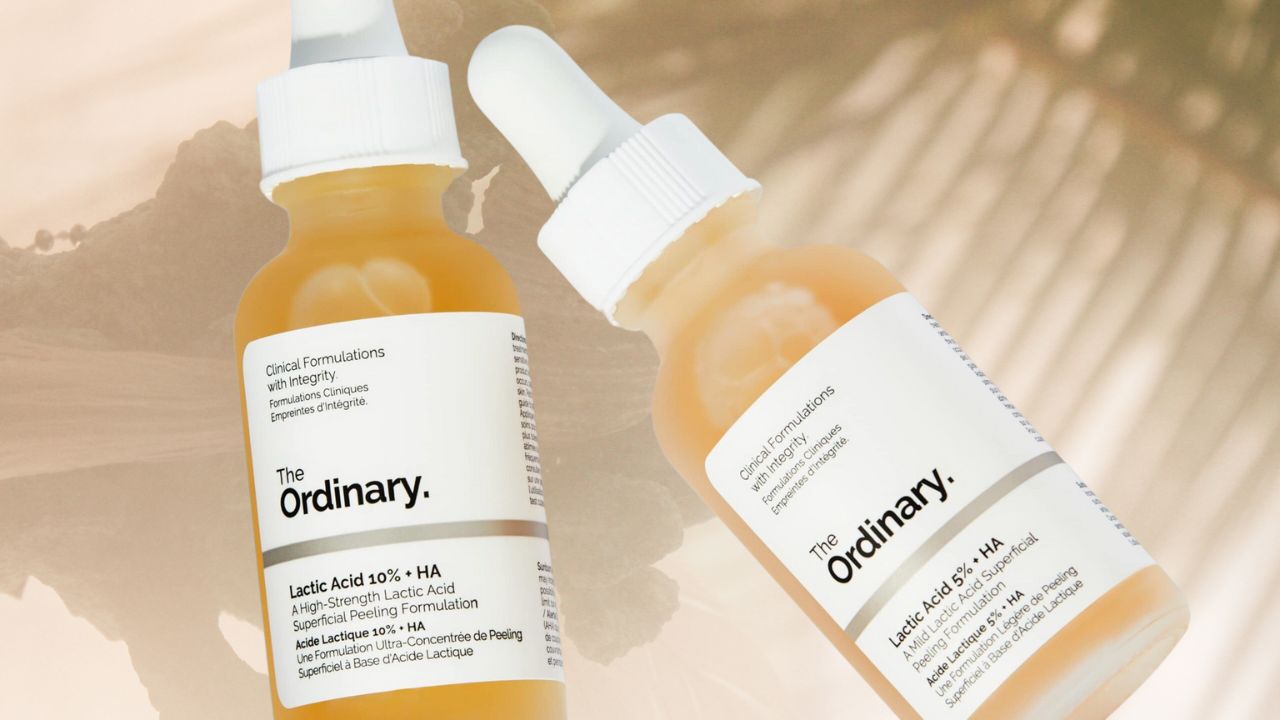
Real Talk: If your skin feels dull, flaky, or lifeless, a lactic acid serum or cleanser is like sending it to a spa day—just gentle, glowing goodness.
Pregnancy Glow Bonus: It hydrates and exfoliates, making it perfect for sensitive, hormonal skin.
6. Zinc Oxide – Your BFF for Sun Protection
Why It’s Safe: This mineral sits on top of your skin and deflects UV rays like a tiny mirror. Unlike chemical sunscreens (oxybenzone, we’re looking at you), zinc oxide doesn’t absorb into the bloodstream.
Real Talk: Sun exposure can make melasma worse. A daily zinc-based sunscreen is your best defense, even if you’re just walking the dog (or waddling to the fridge again).
Pregnancy Glow Bonus: It’s safe for baby and great for post-pregnancy too—because the sun doesn’t take a maternity leave.
Pregnancy is a time of so many changes—body, emotions, skin… even your ability to tolerate that once-beloved vanilla lotion. But with a few smart swaps and some skin-loving ingredients, you can absolutely glow safely through all three trimesters (and beyond!).
Check out our detailed guide on The Best Pregnancy-Safe Skincare Products—where we break down the best options, from cleansers to sunscreens, that are OB-approved and mama-tested.

